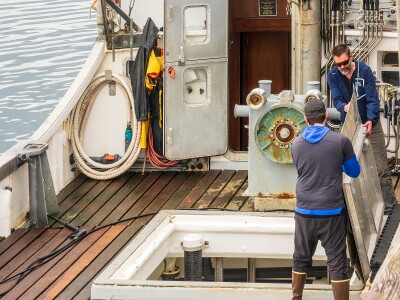Every year, on the first Saturday in January, Japan makes a grand statement to the global fishing community by putting an exorbitant price on the head of a single bluefin tuna. At the famous Tsukiji fish market in Tokyo, the first bluefin auction of the year represents many things: growing consumer demand for bluefin sashimi, the exploitation of natural resources, the collapse of a species, shortsightedness in the face of impending doom to the entire ocean, a depraved publicity stunt.
In 2013, Kiyoshi Kimura, the owner of a Japanese sushi restaurant chain, paid $1.76 million for the first bluefin at Tsukiji, which weighed 489 pounds. Kimura had paid $736,000—a world-record price at the time—for the first tuna of 2012. That fish weighed 593 pounds.
It's no surprise, then, that journalists were steeling themselves for what was sure to come on January 4, 2014: If the past decade's trend in pricing continued, this year's first tuna would surely fetch more than a million dollars. But the Tsukiji fish market bucked tradition this weekend and sold its first tuna to Kimura, yet again, for a mere $70,000. That's still way more money than most bluefin go for in Japan. But compared to what everyone was expecting—an extravagant sum to start off the new year and remind us that these are the most prized fish in the sea—that's one crazy cheap tuna.
Read the full story at The Atlantic>>






